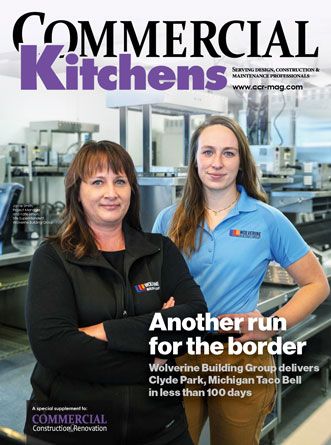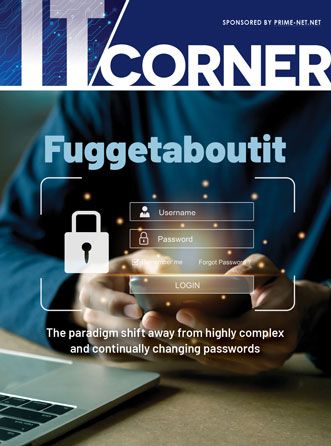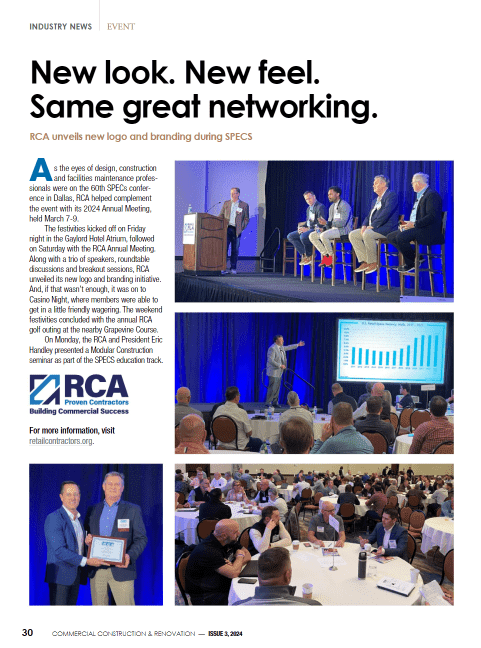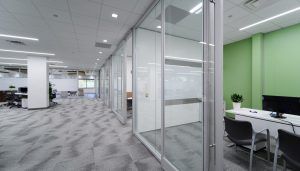 What will the new workplace look like? Will open offices remain feasible? Will shared workstations and group collaboration zones still be relevant? Will employees opt just to stay at home, either because they think they can be more productive or because they are afraid to go back into the office environment?
What will the new workplace look like? Will open offices remain feasible? Will shared workstations and group collaboration zones still be relevant? Will employees opt just to stay at home, either because they think they can be more productive or because they are afraid to go back into the office environment?
For their part, company leadership is focused on the need to keep people connected and engaged no matter where they sit. With everyone working remotely, technology and virtual collaboration tools are helping to make daily team meetings, conversations with colleagues and clients, and even virtual office happy hours relatively easy to do. But eventually, temporary accommodations to slow the spread of the contagion will give way to a proper balancing of our basic safety and social needs at work and in life.
In the near term, that translates into construction and renovation, which will support social connections while helping to make employees feel safe. While employers will be responsible for some of these changes—from creating and communicating new safety protocols to providing masks and establishing cleaning measures—it ultimately will fall to contractors to reconfigure office and other work spaces.
Companies likely will look to eliminate every other workstation or, at minimum, adding side screens to all existing workstations.
High on the list of retrofits will be measures that enable businesses to reduce density. Companies likely will look to eliminate every other workstation or, at minimum, adding side screens to all existing workstations. Removing some or all chairs from conference rooms or implementing standing meetings will reduce the volume of surfaces that are touched and make it easier to maintain social distancing.
Other renovations will enable offices to safely prop doors and windows open without compromising security, and add directional flow signage to limit employees passing each other in hallways. Investments in technologies designed to keep employees healthy—from UV lights for sanitation and air filtration improvements to utilization sensors and infrared sensors for temperature checks—also will become commonplace.
Longer term, COVID-19 may have finally provided the impetus for widespread industry adoption of modular construction. Modular construction proved to be the optimal solution when the need for speed and effective construction in the healthcare sector was created by the pandemic. Hospital wings that needed to be adapted to deal with coronavirus victims were able to be converted overnight thanks to modular components.
Moreover, while many construction projects ground to a near halt as the coronavirus spread, modular contractors were largely unaffected. At DIRTT Environmental Solutions, for example, modular manufacturing never stopped during the pandemic, which translated into all projects being completed on time and on budget.
Obviously, the benefits of modular construction were being touted long before the coronavirus entered into our vocabulary. A tech-driven, offsite construction approach in which individual construction components (walls, facings, etc.) are prefabricated in a factory, transported to the worksite entirely (or mostly) complete, and assembled on location, modular construction combines virtual reality immersive experiences with data to help build highly customized interior spaces.
Studies by the American Institute of Architects (AIA), the U.S. Chamber of Commerce and others indicate that modular construction increases productivity, safety, efficiency and quality. Just as important, modular construction translates into reductions in cost, risk, material waste and construction times.
Modular walls enable easier reconfiguration to adapt to new technologies, design elements, or spatial requirements during construction or in the future. Integrated walls provide quick access to technology when hardware must be updated or serviced. Front or back faces can easily be opened, eliminating the mess associated with traditional drywall construction or the need to bring in outside contractors.
 Modular’s clean and flexible construction approach allows for quick adaptation as needs for social distancing grow and inevitable changes occur in the post-COVID-19 workplace. Just as important, modular construction is far less labor intensive, meaning less people on the worksite. That makes it much easier to ensure safer distancing, which translates into safer construction sites—something clients may now insist upon for all future projects.
Modular’s clean and flexible construction approach allows for quick adaptation as needs for social distancing grow and inevitable changes occur in the post-COVID-19 workplace. Just as important, modular construction is far less labor intensive, meaning less people on the worksite. That makes it much easier to ensure safer distancing, which translates into safer construction sites—something clients may now insist upon for all future projects.
The bottom line is that construction work interruptions and site closures will be impacting our world long after the current social distancing measures are removed. New classroom construction for the coming academic year will be delayed. So too will new healthcare facilities and office spaces, all of which must now be reconfigured to meet the safety and distancing requirements brought about by the pandemic.
While disruption always is a possibility, modular construction methods have proven to be incredibly resilient. Over the past few months, offsite production of modular components continued largely unabated, while onsite modular construction projects remained on schedule.
All of this translates into an incredible opportunity for the construction industry to make greater use of a technology that is infinitely adaptable and possesses the ability to withstand future crises that, unfortunately, may be inevitable.
____________________________________________________________
Chris Perruna is VP of Construction Solutions at dancker (www.dancker.com), a leading interior solutions firm that helps create spaces that maximize the flow between people and ideas via seamless integration of architectural, furniture, technology and logistics solutions. Perruna leads ForBuild, powered by dancker, which was launched in 2019 as an interior construction services company that provides specialized manufactured construction solutions. (https://www.forbuild.com/)

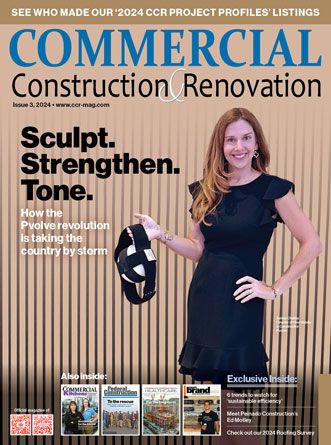








 The 2024 virtual Men’s Round Table will be held Q4, 2024, date TBD.
The 2024 virtual Men’s Round Table will be held Q4, 2024, date TBD.


